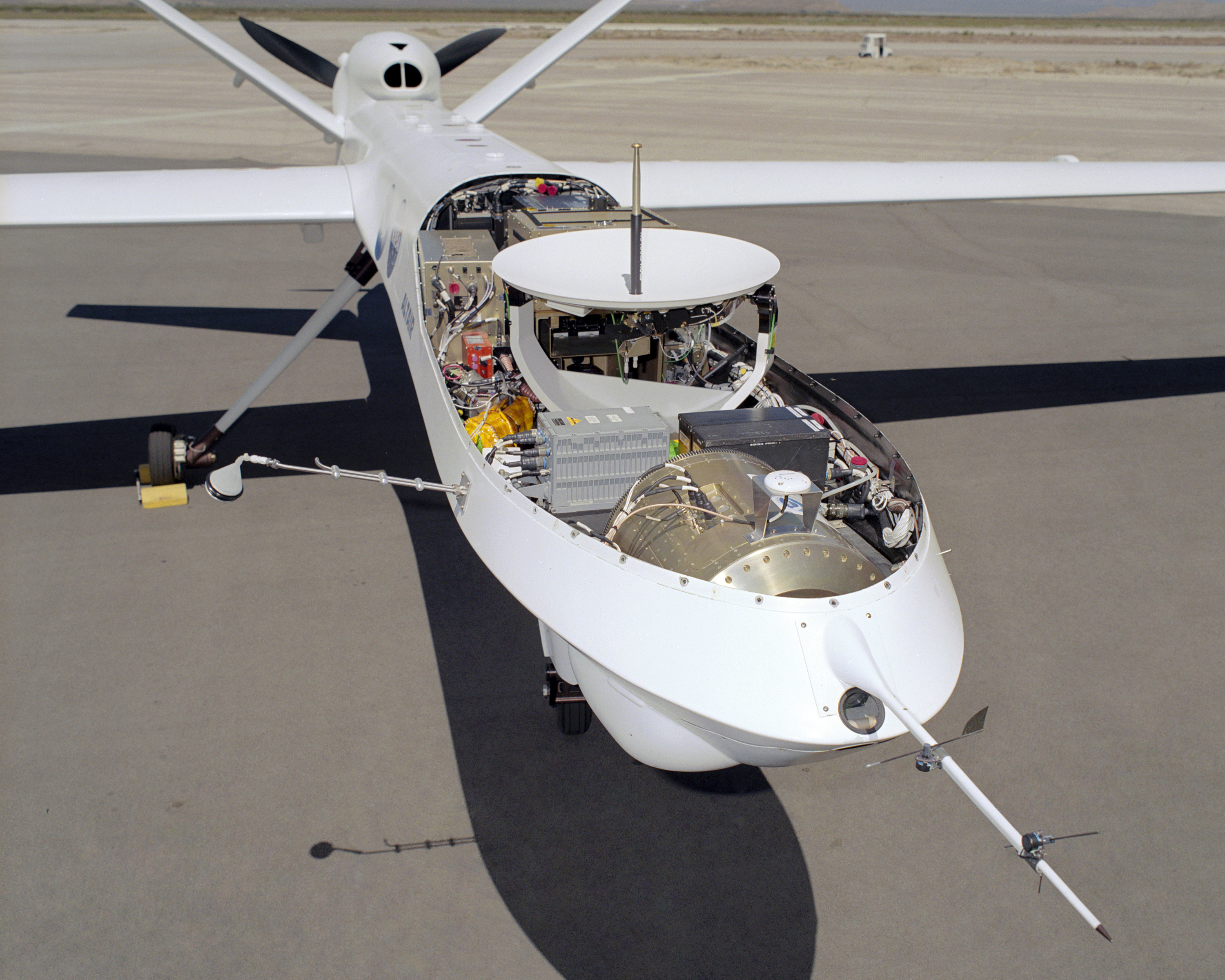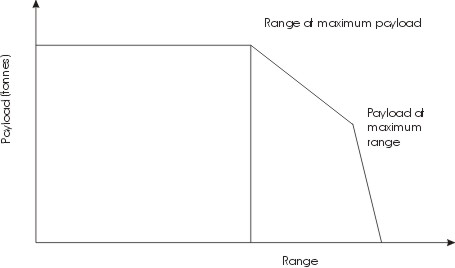|
GSAT-7A
GSAT-7A is an advanced military communications satellite meant primarily for the Indian Air Force with Indian Army using 30% of capacity. Overview GSAT-7A allows IAF to interlink different ground radar stations, ground airbase, aircraft to aircraft Real-time Control System, Airborne early warning and control (AWACS) aircraft such as Beriev A-50 Phalcon and DRDO AEW&CS. The satellite enhances Network-centric warfare capabilities of the Indian Air Force and its global operations. The satellite is also used by Indian Army's Aviation Corps for real-time control and communication of its aviation operations. India is in the process of acquiring high-altitude and long endurance satellite-controlled UAVs, such as American armed Predator-B or Sea Guardian drones, that can fire at enemy targets from long distances. As of December 2018, there are 320 dual use or dedicated military satellite in the sky, half of which are owned by the United States, followed by Russia, China and In ... [...More Info...] [...Related Items...] OR: [Wikipedia] [Google] [Baidu] |
ISRO
The Indian Space Research Organisation (ISRO; ) is the national space agency of India, headquartered in Bengaluru. It operates under the Department of Space (DOS) which is directly overseen by the Prime Minister of India, while the Chairman of ISRO acts as the executive of DOS as well. ISRO is India's primary agency for performing tasks related to space-based applications, space exploration and the development of related technologies. It is one of six government space agencies in the world which possess full launch capabilities, deploy cryogenic engines, launch extraterrestrial missions and operate large fleets of artificial satellites. The Indian National Committee for Space Research (INCOSPAR) was established by Jawaharlal Nehru under the Department of Atomic Energy (DAE) in 1962, on the urging of scientist Vikram Sarabhai, recognising the need in space research. INCOSPAR grew and became ISRO in 1969, within DAE. In 1972, the government of India set up a Space Commission and ... [...More Info...] [...Related Items...] OR: [Wikipedia] [Google] [Baidu] |
Integrated Space Cell
The Integrated Space Cell was the nodal agency within the Government of India which oversees the security of its space based military and civilian hardware systems. It was to be jointly operated by all the three services of the Indian Armed Forces, the civilian Defence Research and Development Organisation and the Indian Space Research Organisation (ISRO). This agency was Superseded by Defence Space Agency. Description The Integrated Space Cell had been set up to utilise more effectively the country's space-based assets for military purposes and to look into threats to these assets. It functioned under the Integrated Defense Services headquarters of the Indian Ministry of Defense. This command leveraged space technology including satellites. Unlike an aerospace command, where the air force controls most of its activities, the Integrated Space Cell envisaged cooperation and coordination between the three services as well as civilian agencies dealing with space. The armed forces ar ... [...More Info...] [...Related Items...] OR: [Wikipedia] [Google] [Baidu] |
Geosynchronous Satellite Launch Vehicle
Geosynchronous Satellite Launch Vehicle (GSLV) is an expendable launch system operated by the Indian Space Research Organisation (ISRO). GSLV was used in fourteen launches from 2001 to 2021. Even though GSLV Mark III shares the name, it is an entirely different launch vehicle. History The Geosynchronous Satellite Launch Vehicle (GSLV) project was initiated in 1990 with the objective of acquiring an Indian launch capability for geosynchronous satellites. GSLV uses major components that are already proven in the Polar Satellite Launch Vehicle (PSLV) launch vehicles in the form of the S125/S139 solid rocket booster and the liquid-fueled Vikas engine. Due to the thrust required for injecting the satellite in a geostationary transfer orbit (GTO) the third stage was to be powered by a LOX/LH2 Cryogenic engine which at that time India did not possess or have the technological expertise to build. The first development flight of the GSLV (Mk I configuration) was launched on 18 ... [...More Info...] [...Related Items...] OR: [Wikipedia] [Google] [Baidu] |
GSAT
The GSAT (Geosynchronous Satellite) satellites are India's indigenously developed communications satellites, used for digital audio, data and video broadcasting. As of 5 December 2018, 20 GSAT satellites of ISRO have been launched out of which 14 satellites are in service. History The GSAT series of geosynchronous satellites A geosynchronous satellite is a satellite in geosynchronous orbit, with an orbital period the same as the Earth's rotation period. Such a satellite returns to the same position in the sky after each sidereal day, and over the course of a day t ... is a system developed by ISRO with an objective to make India self-reliant in broadcasting services. The repertoire of 10 GSAT satellites, a total of 168 transponders (out of which 95 transponders are leased out to provide services to the broadcasters) in the C, Extended C and Ku-bands provides services to telecommunications, television broadcasting, weather forecasting, disaster warning and search and rescue ... [...More Info...] [...Related Items...] OR: [Wikipedia] [Google] [Baidu] |
I-2K
I-2K is a satellite bus developed by Indian Space Research Organisation (ISRO), and marketed by Antrix Corporation. It is a standard bus for 2,000 kg class satellites; the 'I' in I-2K stands for INSAT, a group of communication satellites developed and launched by ISRO. The satellite buses developed by ISRO are specifically developed for small and medium weight satellites. I-2K spacecraft bus can supply DC power up to 3000 watts. I-2K platform is targeted towards satellites in liftoff mass in range of 1500–2500 kg. List of satellites launched using I-2K platform * INSAT series ( 3B 3C 3D 3DR 3E 4C 4CR) * IRS series ( 1C 1D P3) * GSAT series ( 1 2 3 (EDUSAT) 4 5P 6 6A 7 7A 9 14 31) * HYLAS-1 HYLAS (or HYLAS-1) is a British satellite in geostationary orbit. HYLAS, which is an acronym for ''Highly Adaptable Satellite'', is a communications satellite and was launched by the European Ariane 5 launch vehicle from the Guyana Space C ... [...More Info...] [...Related Items...] OR: [Wikipedia] [Google] [Baidu] |
GSAT-31
GSAT-31 is a high-throughput telecommunication satellite developed by the Indian Space Research Organisation (ISRO). Mission The satellite's main communication payload is Ku band and acts as a replacement of the aging INSAT-4CR. The satellite provides advanced telecommunication to the Indian subcontinent. It is used for VSAT networks, television uplinks, digital signage new gathering, DTH services and other communication systems. This is the 40th communication satellite launched by ISRO and the 22nd launch of ISRO satellite by Arianespace. Launch The satellite was launched through the 103rd flight of Ariane 5 ECA Ariane 5 is a European heavy-lift space launch vehicle developed and operated by Arianespace for the European Space Agency (ESA). It is launched from the Centre Spatial Guyanais (CSG) in French Guiana. It has been used to deliver payloads into ... on 5 February 2019 at 21:01 UTC, the vehicle also deployed Hellas-Sat-4/SaudiGeoSat-1. The launch of the GS ... [...More Info...] [...Related Items...] OR: [Wikipedia] [Google] [Baidu] |
GSAT-11
GSAT-11 is an Indian geostationary communications satellite. The 5854 kg satellite is based on the new I-6K Bus and carry 40 transponders in the Ku-band and Ka-band frequencies (32 Ka × Ku-Band Forward Link Transponders and 8 Ku × Ka band Return Link Transponders), which are capable of providing up to 16 Gbit/s throughput. GSAT-11 is India's heaviest satellite. Launch Initially the satellite was planned to be launched in May 2018, but was delayed after ISRO recalled it back to India from the launch site in French Guiana for additional checks weeks after ISRO lost communication to another communication satellite, the GSAT-6A, soon after its launch in March 2018. After the satellite was found fit for the launch, the new launch date had been set to 4 December 2018. GSAT 11 was launched successfully from the European Spaceport, French Guiana (Guiana Space Center) on 20:37 UTC, 4 December 2018 along with GEO-KOMPSAT-2A of KARI. Satellite GSAT-11 was developed at the cost of ... [...More Info...] [...Related Items...] OR: [Wikipedia] [Google] [Baidu] |
General Atomics MQ-9 Reaper
The General Atomics MQ-9 Reaper (sometimes called Predator B) is an unmanned aerial vehicle (UAV) capable of remotely controlled or autonomous flight operations developed by General Atomics Aeronautical Systems (GA-ASI) primarily for the United States Air Force (USAF). The MQ-9 and other UAVs are referred to as Remotely Piloted Vehicles/Aircraft (RPV/RPA) by the USAF to indicate their human ground controllers. The MQ-9 is the first hunter-killer UAV designed for long-endurance, high-altitude surveillance. In 2006, the then–Chief of Staff of the United States Air Force General T. Michael Moseley said: "We've moved from using UAVs primarily in intelligence, surveillance, and reconnaissance roles before Operation Iraqi Freedom, to a true hunter-killer role with the Reaper." The MQ-9 is a larger, heavier, and more capable aircraft than the earlier General Atomics MQ-1 Predator; it can be controlled by the same ground systems used to control MQ-1s. The Reaper has a 950- s ... [...More Info...] [...Related Items...] OR: [Wikipedia] [Google] [Baidu] |
DRDO AEW&CS
The DRDO Airborne Early Warning and Control System (AEW&CS) is a project of India's Defence Research and Development Organisation to develop an airborne early warning and control system for the Indian Air Force. It is also referred to as NETRA Airborne Early Warning and Control System (AEW&CS). Development In 2003, the Indian Air Force (IAF) and DRDO carried out a joint study of the system-level requirements and feasibility of development for an Airborne Early Warning and Control (AEW&C) system. The government then approved the project for the development of the AEW&C system by DRDO. Primary responsibility for the project was with Centre for Airborne Systems (CABS), which led the design, system integration and testing of the system. Electronics and Radar Development Establishment (LRDE) was responsible for the design of the radar array. The Defence Electronics Application Laboratory (DEAL), based in Dehradun, was responsible for the Data Link and Communication Systems for A ... [...More Info...] [...Related Items...] OR: [Wikipedia] [Google] [Baidu] |
Network-centric Warfare
Network-centric warfare, also called network-centric operations or net-centric warfare, is a military doctrine or theory of war that aims to translate an information advantage, enabled partly by information technology, into a competitive advantage through the computer networking of dispersed forces. It was pioneered by the United States Department of Defense in the 1990s. Background and history In 1996, Admiral William Owens introduced the concept of a ' system of systems' in a paper published by the Institute for National Security Studies in the United States. He described a system of intelligence sensors, command and control systems, and precision weapons that provided situational awareness, rapid target assessment, and distributed weapon assignment. Also in 1996, the United States' Joint Chiefs of Staff released ''Joint Vision 2010'', which introduced the military concept of full-spectrum dominance. Full Spectrum Dominance described the ability of the US military to do ... [...More Info...] [...Related Items...] OR: [Wikipedia] [Google] [Baidu] |
Communications Satellite
A communications satellite is an artificial satellite that relays and amplifies radio telecommunication signals via a transponder; it creates a communication channel between a source transmitter and a receiver at different locations on Earth. Communications satellites are used for television, telephone, radio, internet, and military applications. Many communications satellites are in geostationary orbit above the equator, so that the satellite appears stationary at the same point in the sky; therefore the satellite dish antennas of ground stations can be aimed permanently at that spot and do not have to move to track the satellite. Others form satellite constellations in low Earth orbit, where antennas on the ground have to follow the position of the satellites and switch between satellites frequently. The high frequency radio waves used for telecommunications links travel by line of sight and so are obstructed by the curve of the Earth. The purpose of communicat ... [...More Info...] [...Related Items...] OR: [Wikipedia] [Google] [Baidu] |
Payload
Payload is the object or the entity which is being carried by an aircraft or launch vehicle. Sometimes payload also refers to the carrying capacity of an aircraft or launch vehicle, usually measured in terms of weight. Depending on the nature of the flight or mission, the payload of a vehicle may include cargo, passengers, flight crew, munitions, scientific instruments or experiments, or other equipment. Extra fuel, when optionally carried, is also considered part of the payload. In a commercial context (i.e., an airline or air freight carrier), payload may refer only to revenue-generating cargo or paying passengers. A payload of ordnance carried by a combat aircraft is sometimes alternatively referred to as the aircraft's warload. For a rocket, the payload can be a satellite, space probe, or spacecraft carrying humans, animals, or cargo. For a ballistic missile, the payload is one or more warheads and related systems; their total weight is referred to as the throw-weight. T ... [...More Info...] [...Related Items...] OR: [Wikipedia] [Google] [Baidu] |




